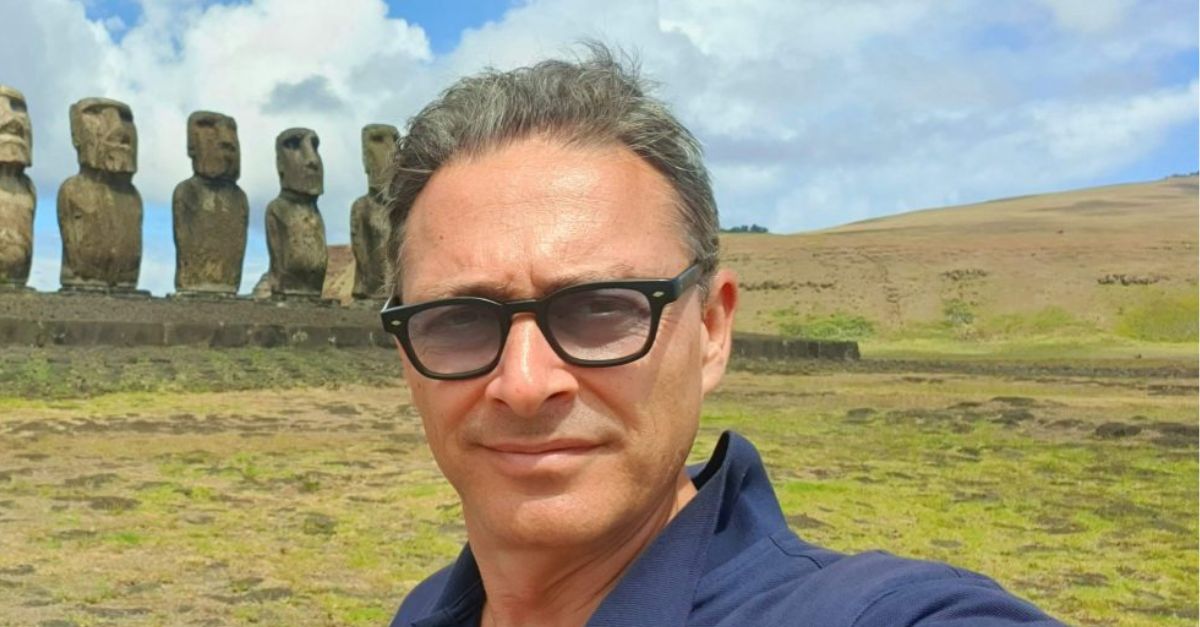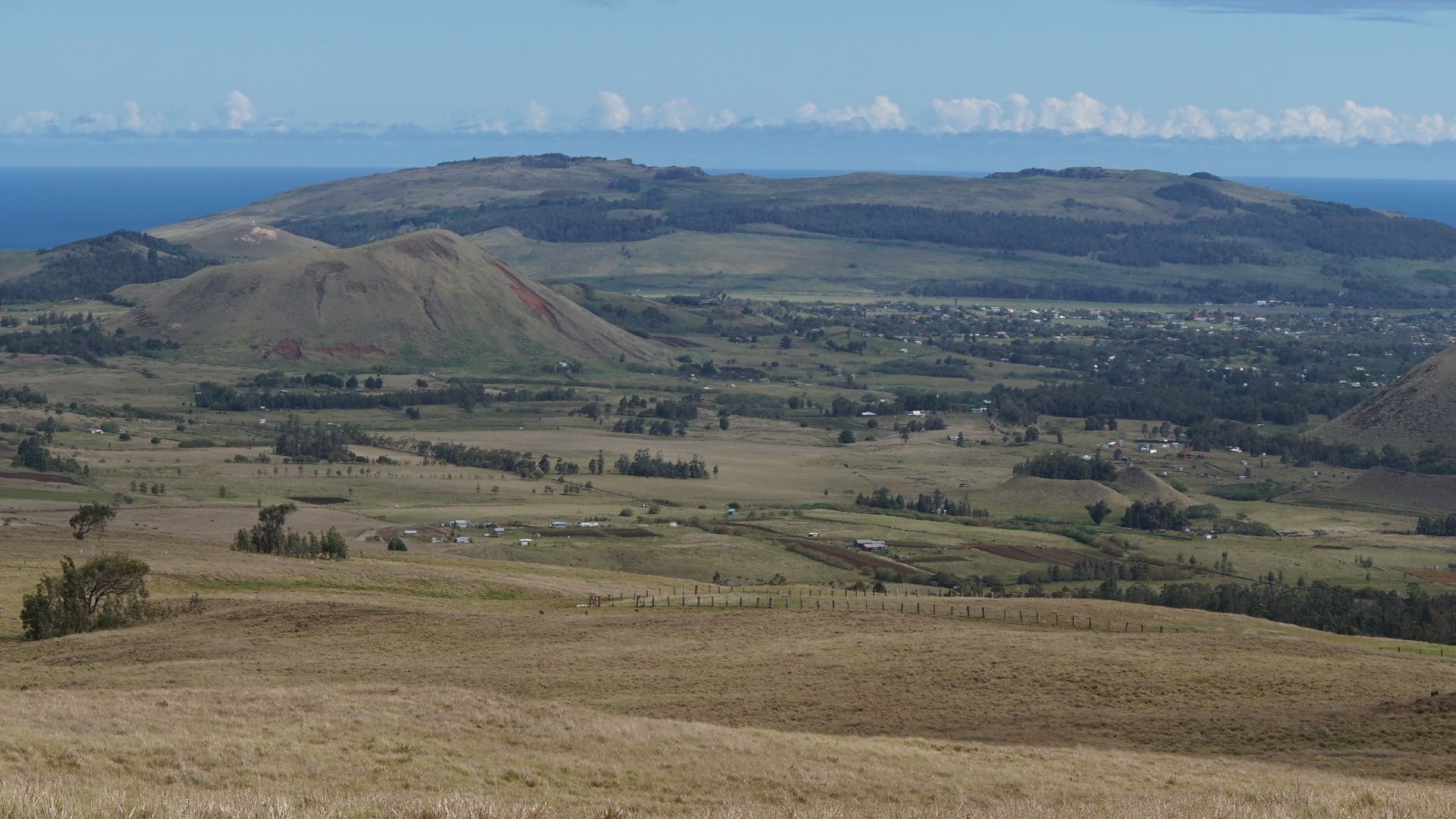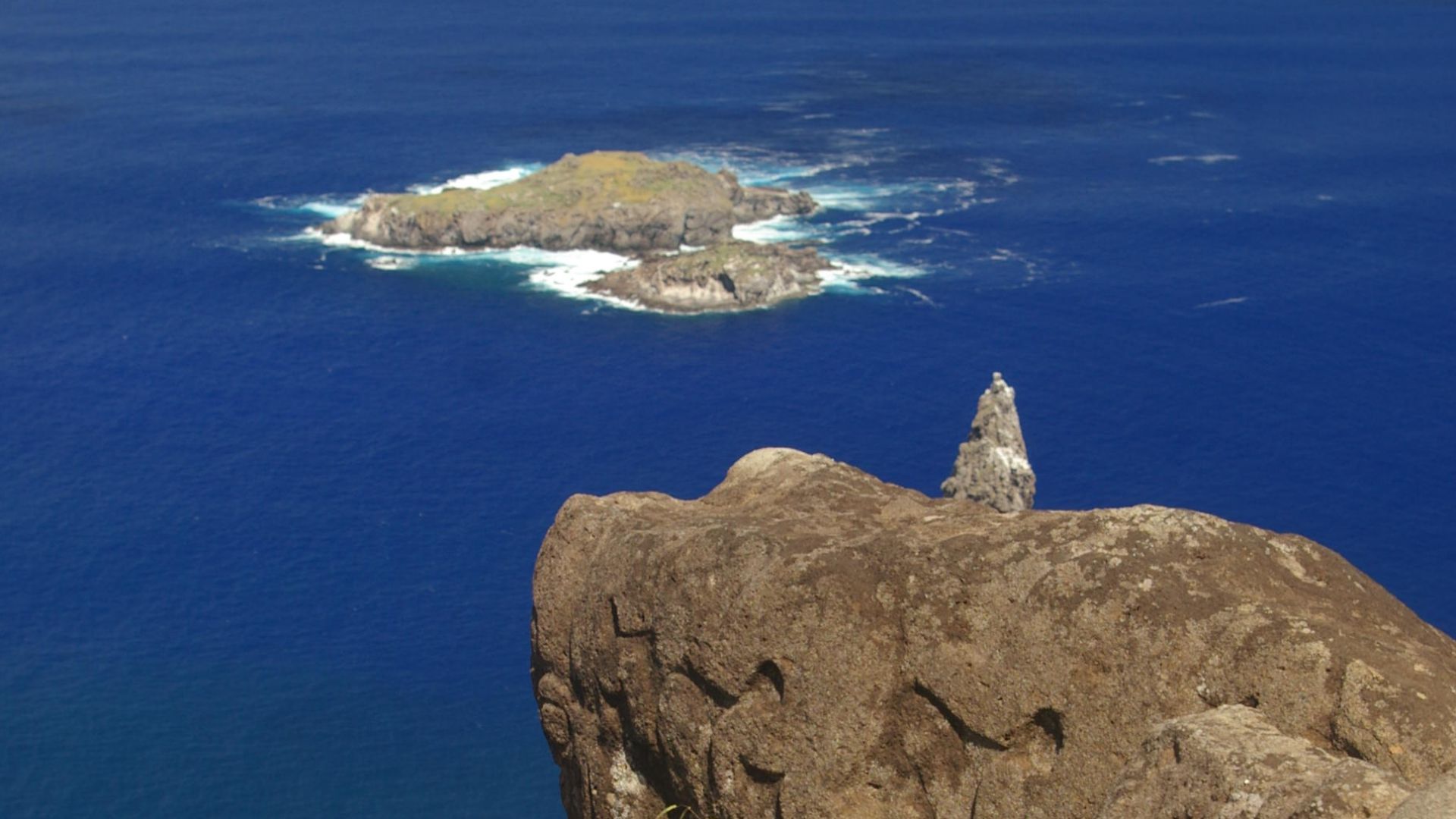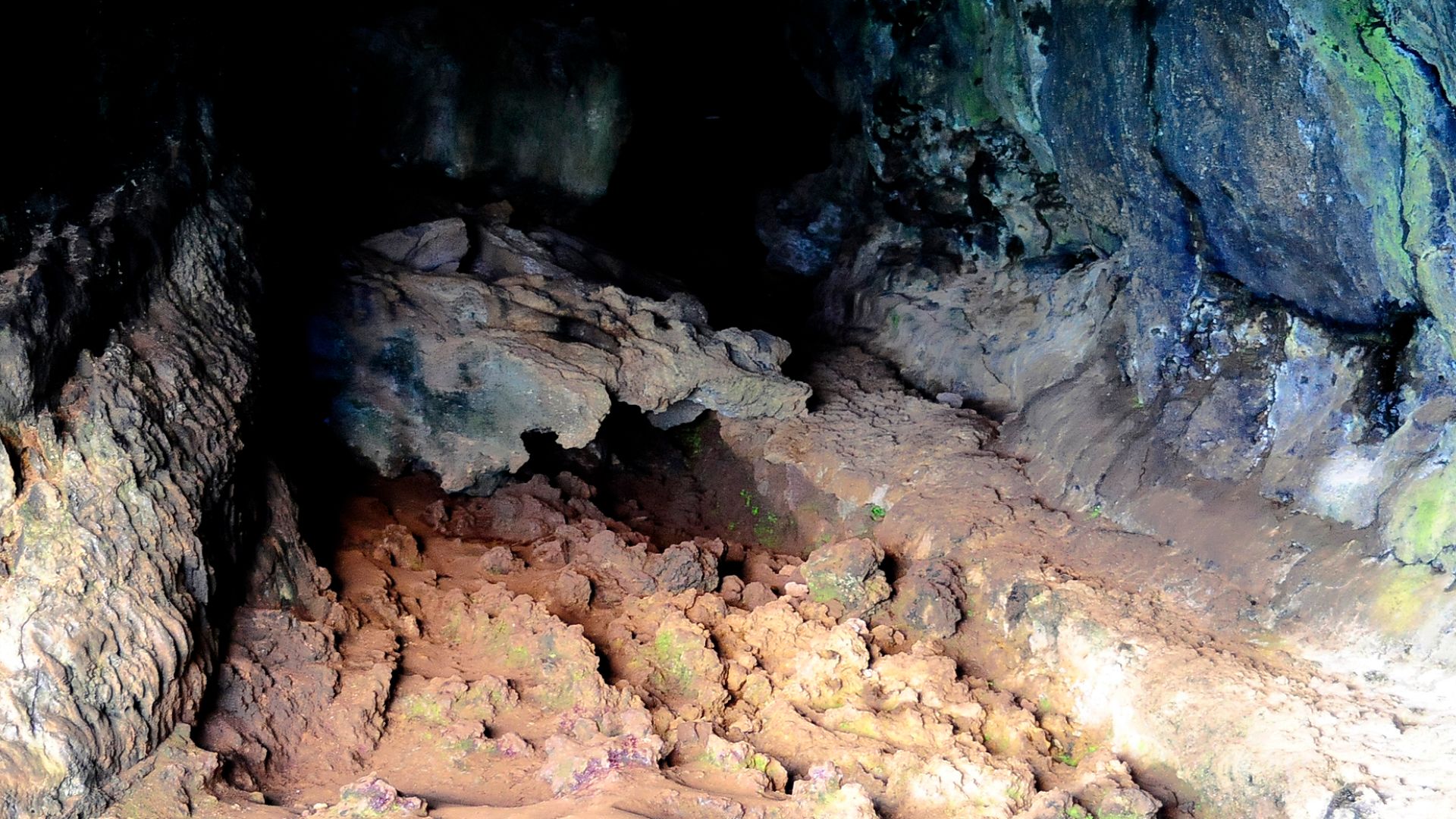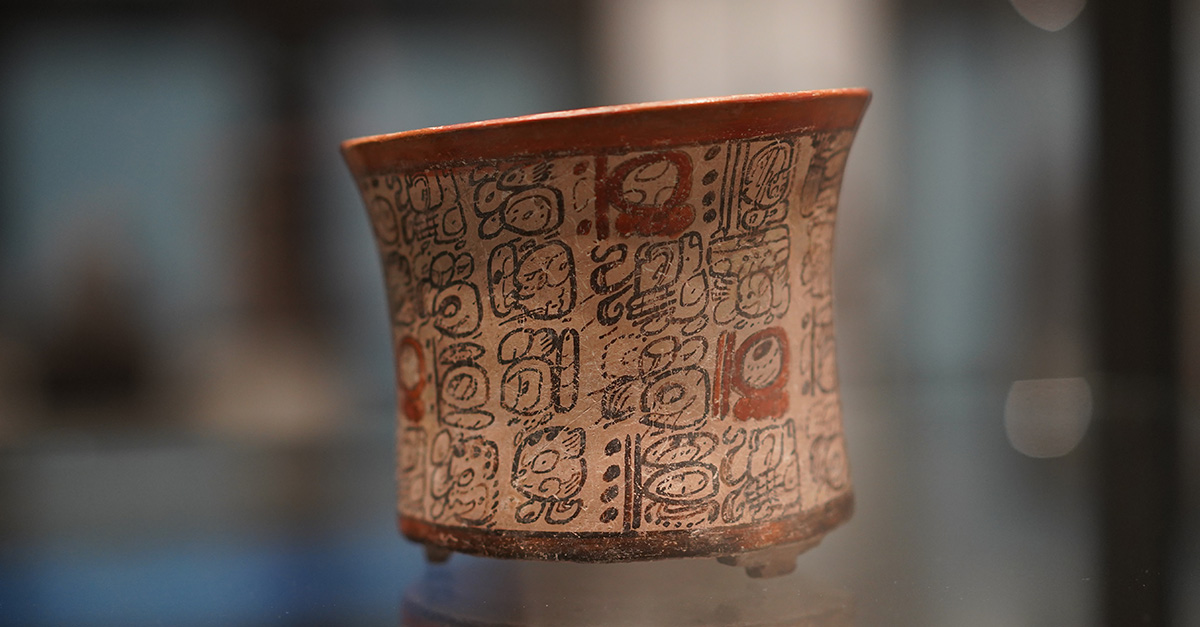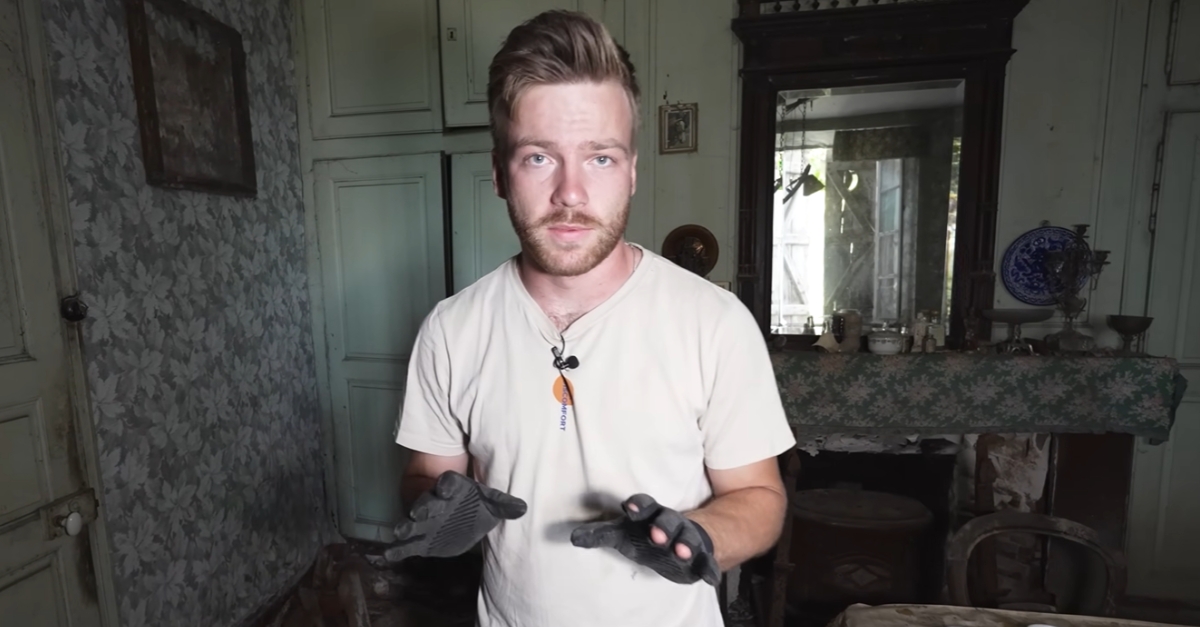Surprises Under The Soil
Something on Easter Island has sparked fresh debate among researchers, and the buzz isn’t fading. The newest findings hint at a deeper timeline and clues that don’t fit neatly into long-accepted theories.
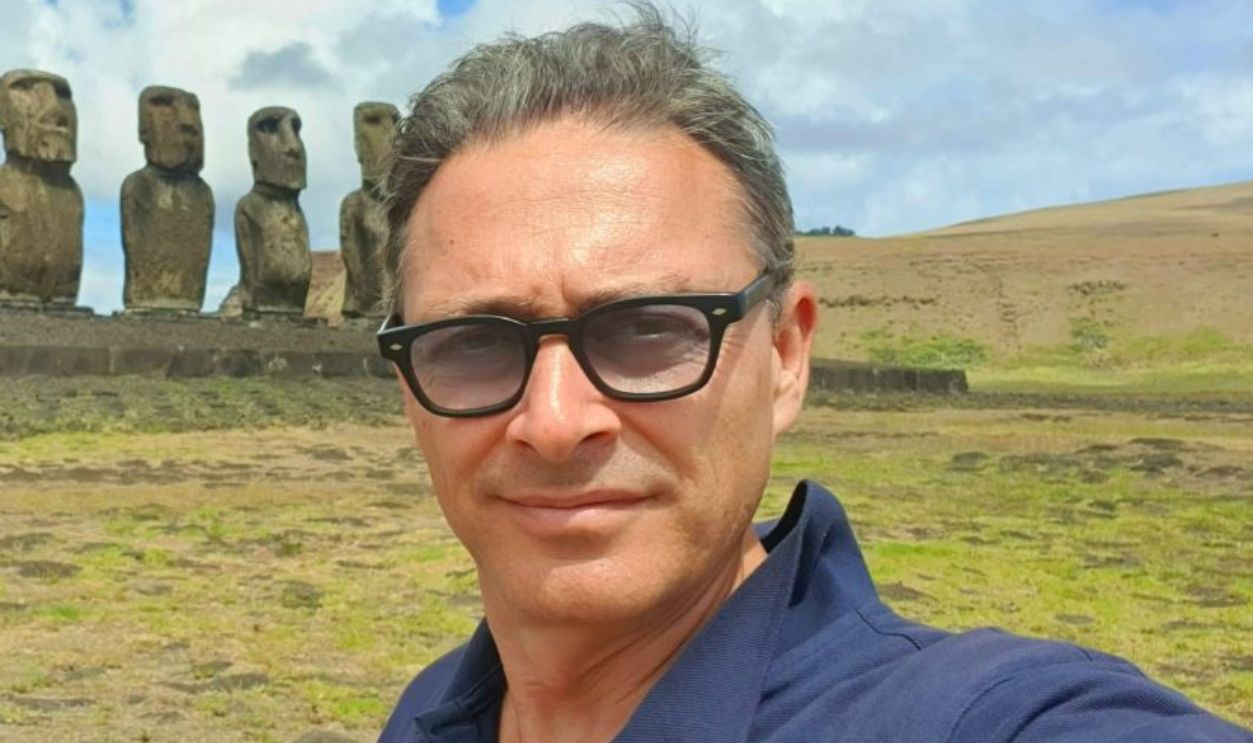
Moai Have Full Bodies
The surprise didn’t begin with a new statue but with how much of it had been hiding. Excavations at Rano Raraku revealed full torsos carved with hands, backs, and detailed markings beneath the surface. Sediment even protected pigments and pollen.
 Otavio Nogueira from Fortaleza, BR, Wikimedia Commons
Otavio Nogueira from Fortaleza, BR, Wikimedia Commons
Ancient Road System Built To Move Moai Upright
Questions about transportation resurfaced when researchers mapped old pathways that curved like guiding rails. These ancient roads, confirmed by Dr Terry Hunt and Dr Carl Lipo, showed engineering suited for upright “walking”. Wear patterns along the stones and the roads’s gentle slopes strengthened evidence for this remarkable movement method.
 Katherine Routledge, Wikimedia Commons
Katherine Routledge, Wikimedia Commons
Moai Were Decorated With Coral-Eye Inlays
Coral fragments discovered around several moai matched sockets carved for eye placement. White coral with red scoria pupils once activated a statue during ceremonies. They created an expressive look that early visitors recorded, yet didn’t fully understand at the time.
 akhenatenator, Wikimedia Commons
akhenatenator, Wikimedia Commons
Rongo Rongo Script Remains Undeciphered
Interest in written language grew again. How? Researchers examined surviving wooden tablets collected in the 19th century. Their glyphs show birds, tools, and navigation symbols arranged in reversed, boustrophedon lines. Despite decades of study, the script remains undeciphered.
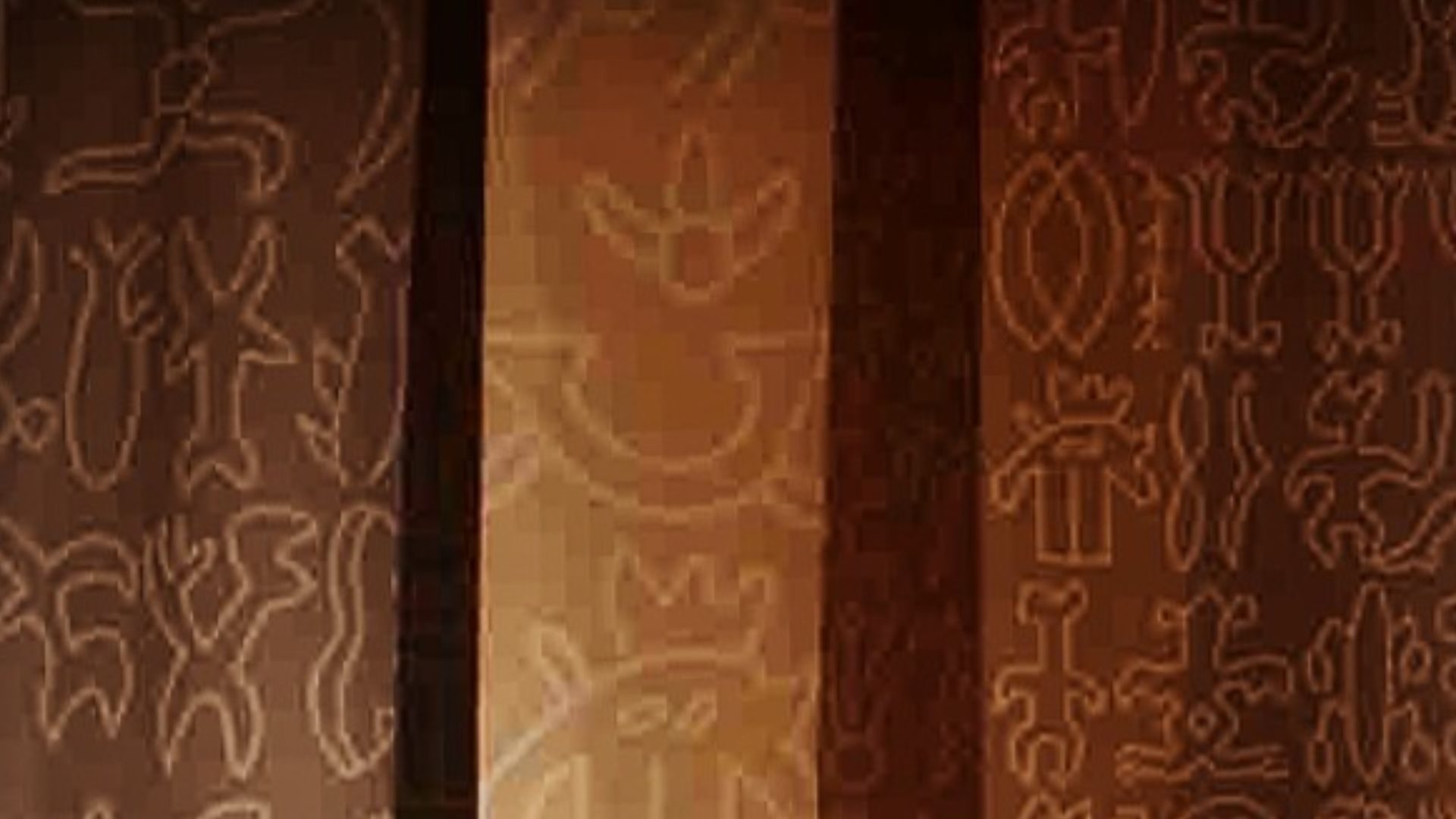 akhenatenator, Wikimedia Commons
akhenatenator, Wikimedia Commons
Ancient Stone-Carving Tools
The quarry’s story sharpened when basalt toki were analyzed for worksmanship. Precision angles and symmetrical forms matched known Polynesian carving traditions, showing a skilled workforce shaping moai with advanced techniques. Unfinished statues still embedded in the slopes preserve tool marks that freeze specific carving stages from centuries ago.
 akhenatenator, Wikimedia Commons
akhenatenator, Wikimedia Commons
Rapa Nui Rock Gardens (Manavai) Transformed Agriculture
Soil studies revealed how rock-mulched gardens improved growing conditions. These manavai created protective microclimates to boost nutrient and moisture levels for crops. Their design mirrored similar systems in Hawaii. It was how Rapa Nui residents adapted to limited rainfall and thin volcanic soil.
 Bjorn Christian Torrissen, Wikimedia Commons
Bjorn Christian Torrissen, Wikimedia Commons
Stable Population Evident Before European Contact
Evidence from food storage pits and settlement patterns painted a steadier picture of life before 1722. Instead of a collapsed society, it’s identified as a population that managed its resources carefully. Extended families used shared shelters, and organized storage practices challenged the long-standing assumptions behind the “ecocide/destruction” narrative.
Volcanic Crater Lakes Provided Fresh Water Sources
Surveys of the crater lakes at Rano Kau, Rano Raraku, and Rano Aroi brought freshwater into focus. These water basins held pollen archives and climate signatures, supported early settlement with reliable water, sheltered crops along steep walls, and carried floating vegetation mats drifting across the surface.
 Otavio Nogueira from Fortaleza, BR, Wikimedia Commons
Otavio Nogueira from Fortaleza, BR, Wikimedia Commons
Ahu Platforms Align With Celestial Patterns
The idea of ritual timing strengthened when researchers analyzed the orientation of the ceremonial ahu. Many align precisely with solstices or lunar events, which mirrors astronomical knowledge across Polynesia. Some even match solar rising positions once used for navigation.
 Pavel Spindler, Wikimedia Commons
Pavel Spindler, Wikimedia Commons
Birdman Cult Artifacts
Stories of shifting authority took shape at Orongo, where over a thousand birdman carvings cover the cliffs. These symbols document a yearly contest that transferred political power to the winner. Eggs served as sacred tokens representing renewal, and the victor’s clan gained exclusive authority until the next competition returned.
Pollen Studies Reveal Once-Abundant Palm Forests
The sediment cores showed extinct Jubaea palms once covered Rapa Nui. These towering trees reached impressive heights and left roots still concealed underground. Their preserved pollen helped researchers track ecosystem changes and understand how forest loss reshaped survival strategies.
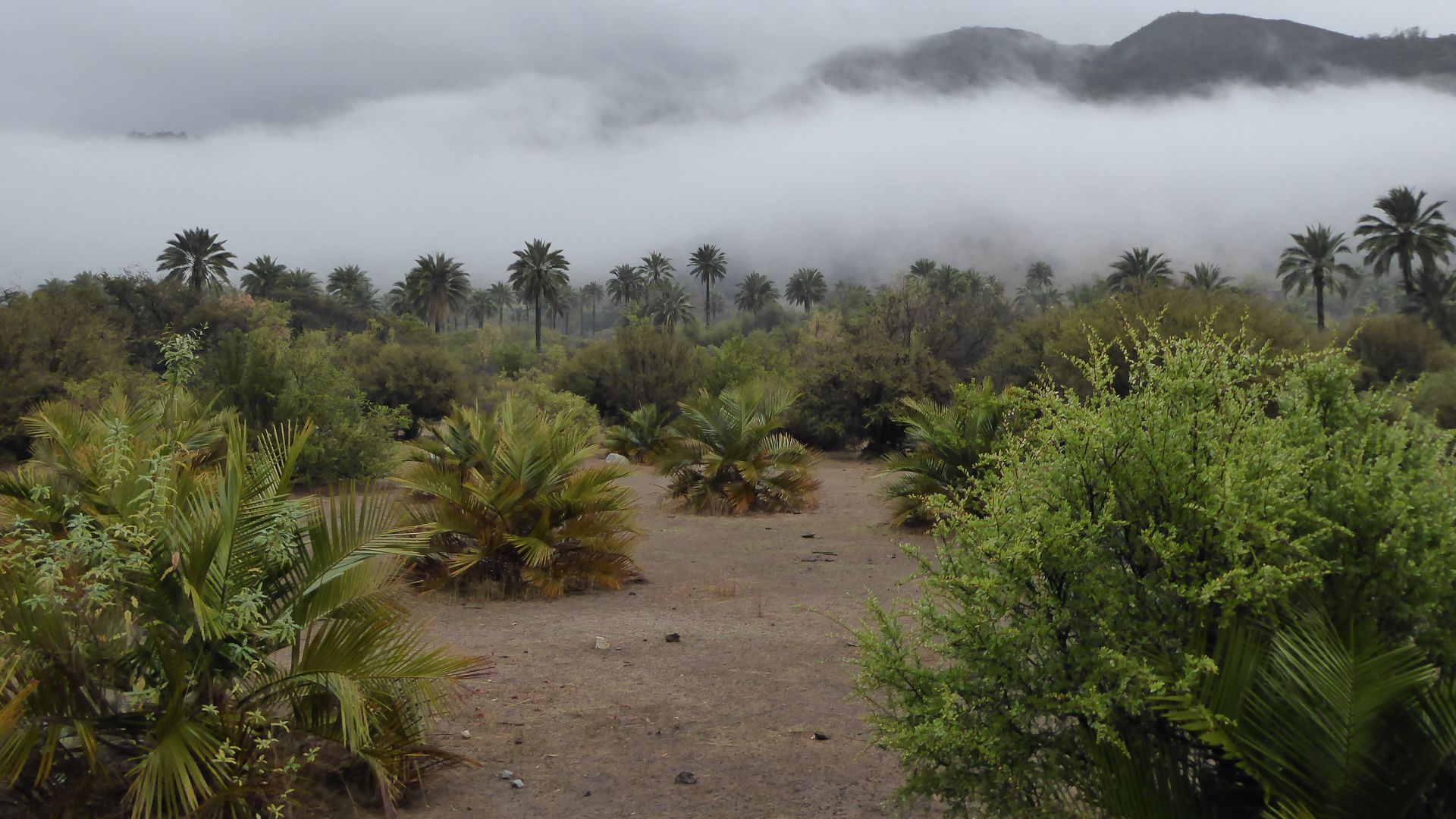 S. Rae from Scotland, UK, Wikimedia Commons
S. Rae from Scotland, UK, Wikimedia Commons
Moai Hats (Pukao) Carved From Red Scoria Quarry
Attention shifted to Puna Pau when red scoria blocks revealed how moai gained their massive topknots. Rounded pukao were shaped from lightweight volcanic stone and likely rolled from the quarry. Some weigh several tons, and carving ramps surrounding the site helped explain how these huge adornments were formed.
 Dennis G. Jarvis, Wikimedia Commons
Dennis G. Jarvis, Wikimedia Commons
Canoe Shelters Prove Open-Ocean Voyaging
Evidence for long-distance travel also came to light once archaeologists recorded stone canoe houses built inland. Their long, curved foundations mirror traditional canoe shapes and suggest storage for sizable vessels. Each shelter faces the wind deliberately, hinting at preparation for open-ocean voyages that connected Rapa Nui with other Polynesian societies.
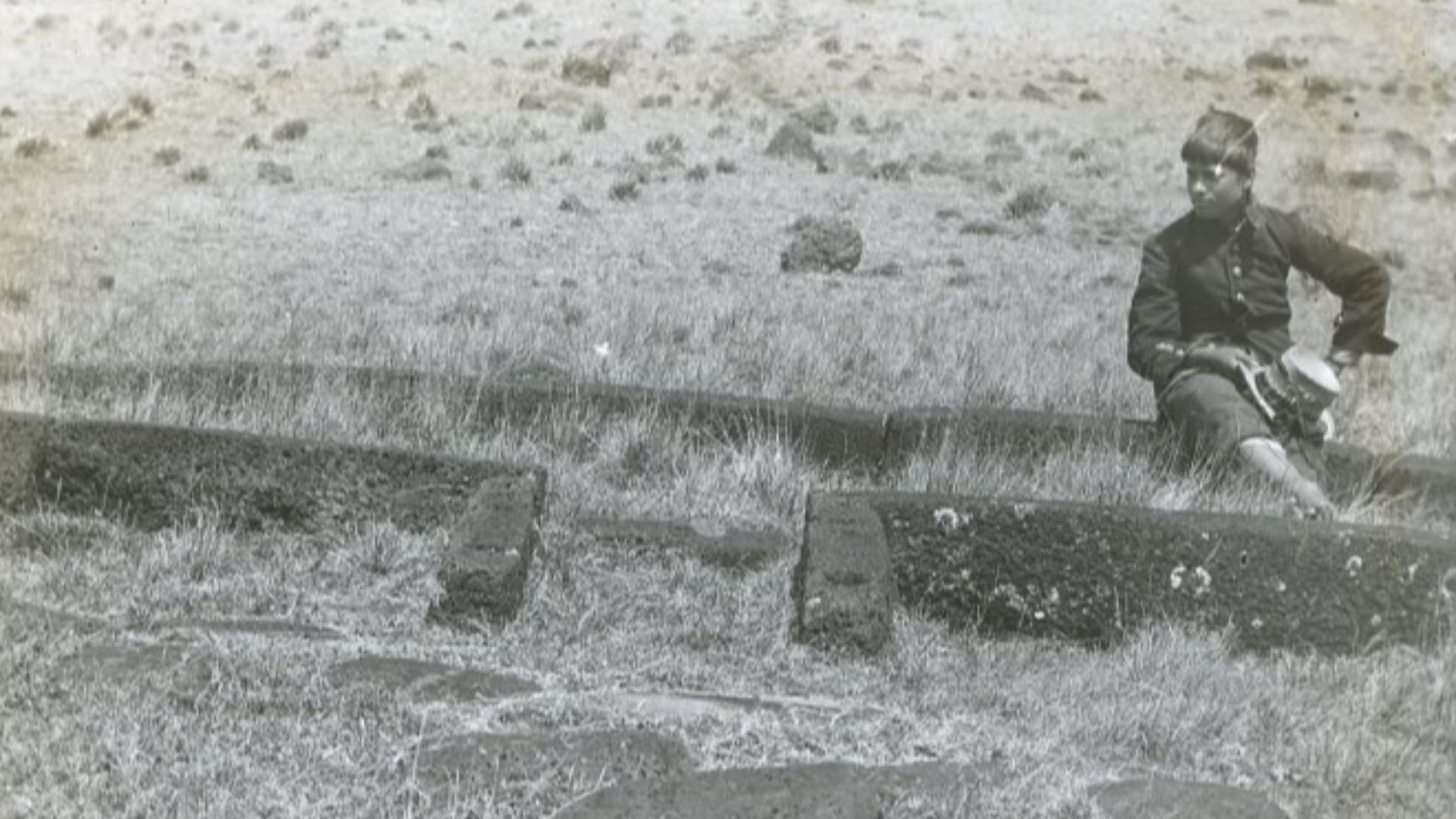 Unknown authorUnknown author, Wikimedia Commons
Unknown authorUnknown author, Wikimedia Commons
Lapita-Linked Genetic Evidence
Genetic research came next. This research expanded the migration story when DNA samples showed strong ties between Rapa Nui people and East Polynesian populations. Shared maternal lineages pointed to settlement around 1200 CE. Isolated conditions later shaped unique traits, but the roots traced clearly back to Lapita-connected voyaging networks across the Pacific.
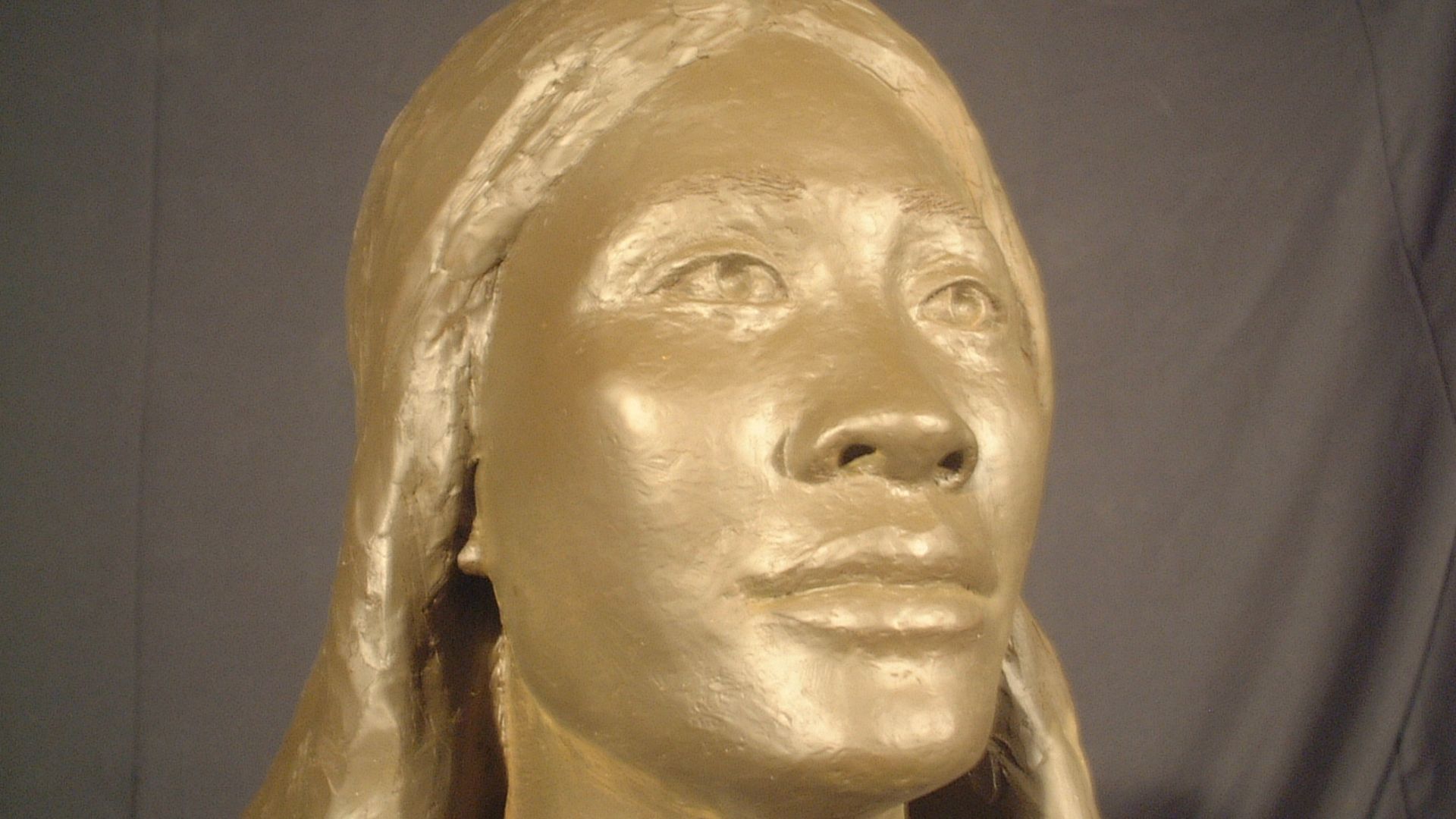 Patrick Nunn, Wikimedia Commons
Patrick Nunn, Wikimedia Commons
Subfossil Bird Bones
The caves and dunes worked like accidental archives. They held bones from more than twenty extinct bird species, even a few that matched the shape of today’s boobies. Some feathers remained protected by ash. All of it points to a bird population once far more diverse than what survives now.
 Unknown authorUnknown author, Wikimedia Commons
Unknown authorUnknown author, Wikimedia Commons
Obsidian Points Used For Both Tools And Tattooing
Obsidian flakes turned up across multiple sites, their sharpened edges proving helpful in cutting. Some held faint traces of pigment tied to tattoo work. In Polynesian culture, a single material could slip effortlessly between toolmaking, artistic detail, and ceremonial identity. These pieces reflect that range.
 akhenatenator, Wikimedia Commons
akhenatenator, Wikimedia Commons
Volcanic Glass Tools Link Trade Across The Island
Many obsidian pieces originated from miles away. And just that point proves that materials moved between distant groups. Styles varied by clan, and some caches appeared to be intentionally placed. But one thing is constant: they hint at ritual exchanges anchored in shared workmanship.
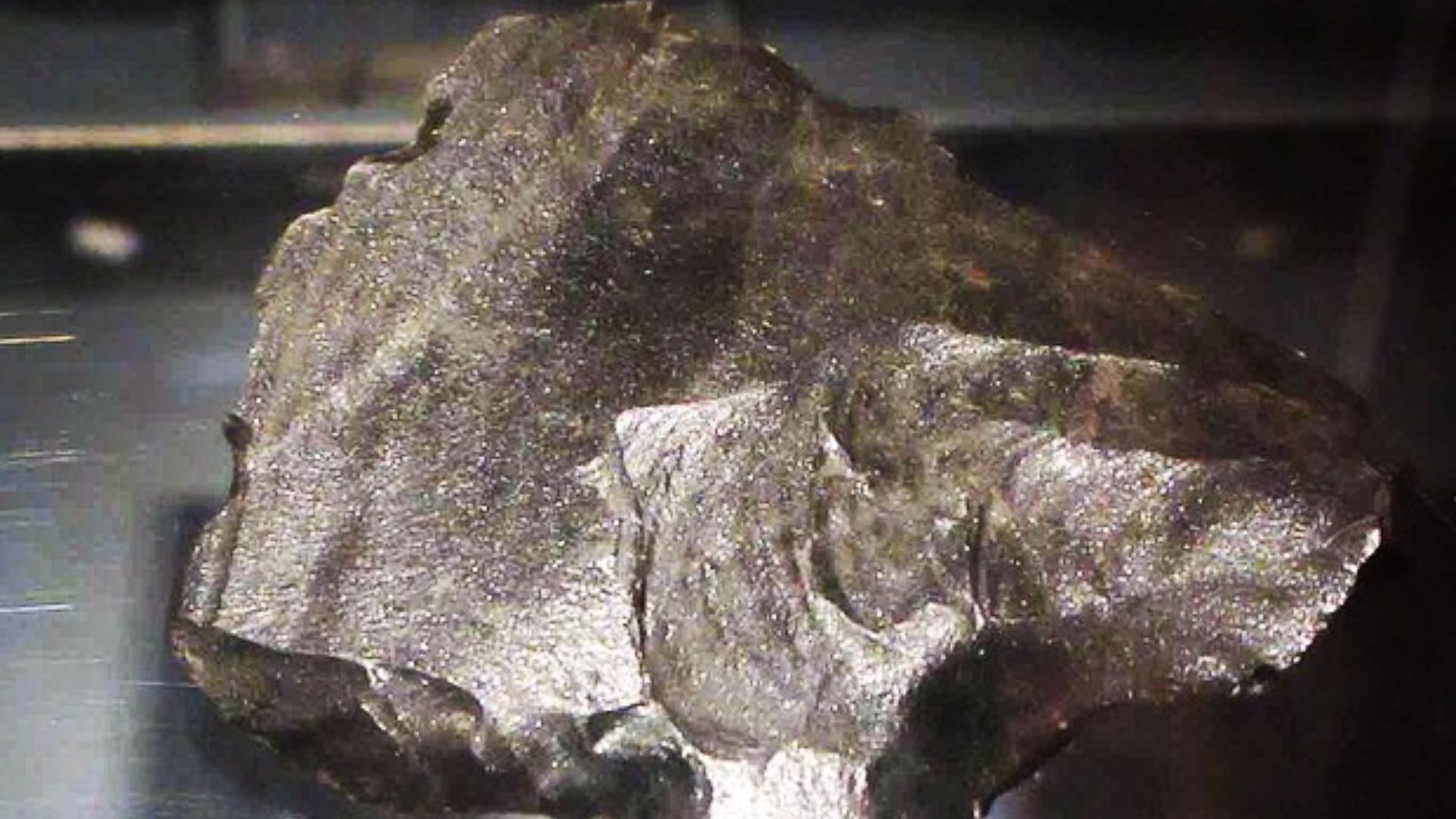 akhenatenator, Wikimedia Commons
akhenatenator, Wikimedia Commons
Boat-Shaped House Foundations
Dr William Mulloy studied the long, oval foundations and recognized their connection to canoe forms. These are paenga-supported timber structures, shaped like overturned hulls. Extended families lived inside, and carved entrance stones preserved artistic details that tied everyday home life to Rapa Nui’s deep seafaring traditions.
 Unknown authorUnknown author, Wikimedia Commons
Unknown authorUnknown author, Wikimedia Commons
Moai Quarry Holds Unfinished Giants
Dozens of incomplete moai still lie attached to the bedrock, some measuring extraordinary lengths. Tool marks remain sharp, preserved by the slope’s erosion patterns. These statues act as snapshots of each carving stage, capturing methods used centuries earlier.
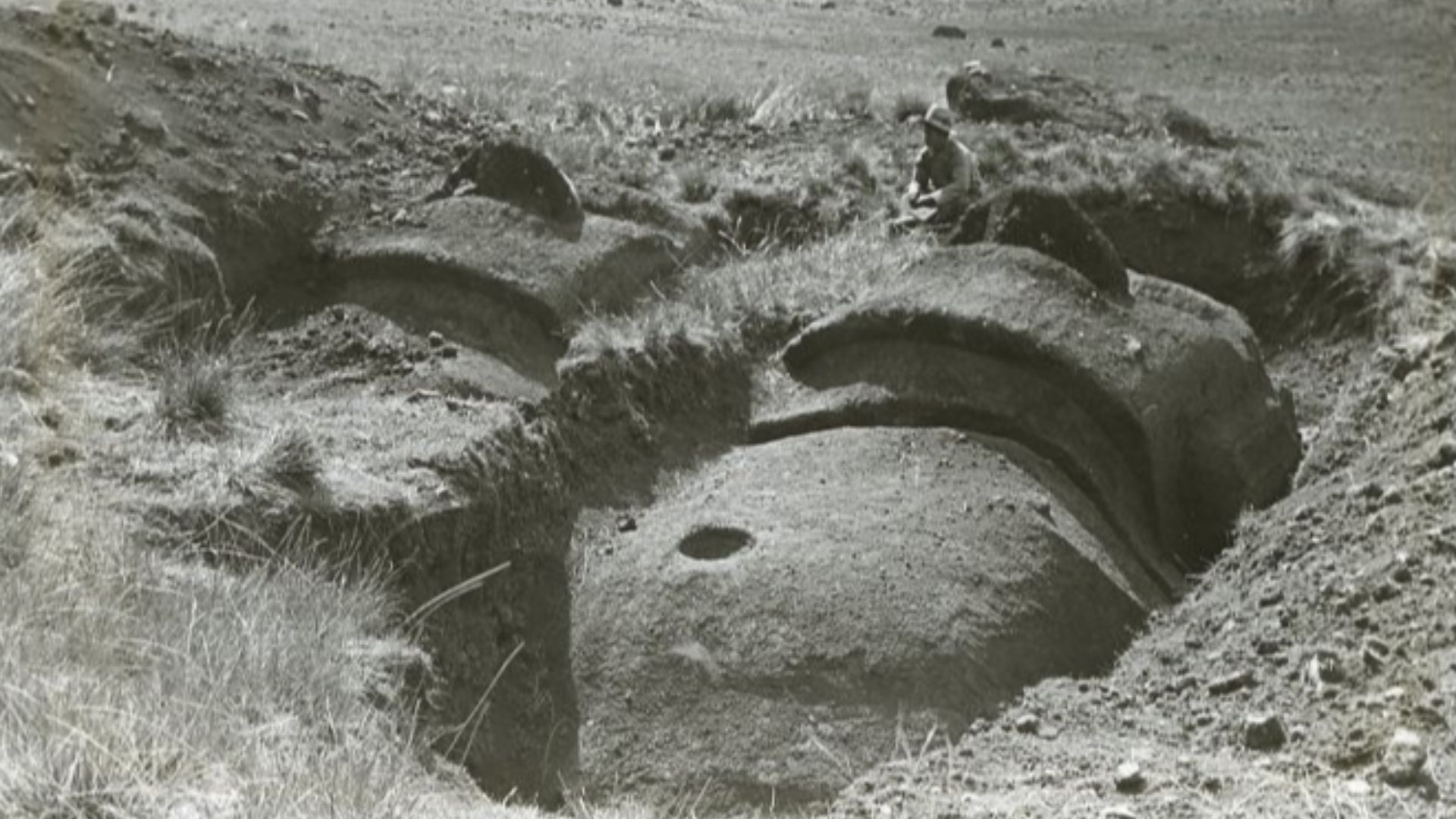 Unknown authorUnknown author, Wikimedia Commons
Unknown authorUnknown author, Wikimedia Commons
Tapati Festival Roots
The experts on site also traced Tapati activities to early clan competitions. Sliding down hills on banana-trunk sleds reflects long-standing athletic contests, body painting carries older artistic customs, and chants passed down through generations echo earlier language forms that survive through ceremonial performance.
 Mike W. from Vancouver, Canada, Wikimedia Commons
Mike W. from Vancouver, Canada, Wikimedia Commons
Ancient Chicken DNA Matches Early Polynesian Breeds
The story of early settlement expanded when excavated chicken bones were subjected to genetic testing. Results linked them to Polynesian breeds carried across voyaging routes, not later European introductions. Some birds were ritually buried, while others showed signs of selective breeding.
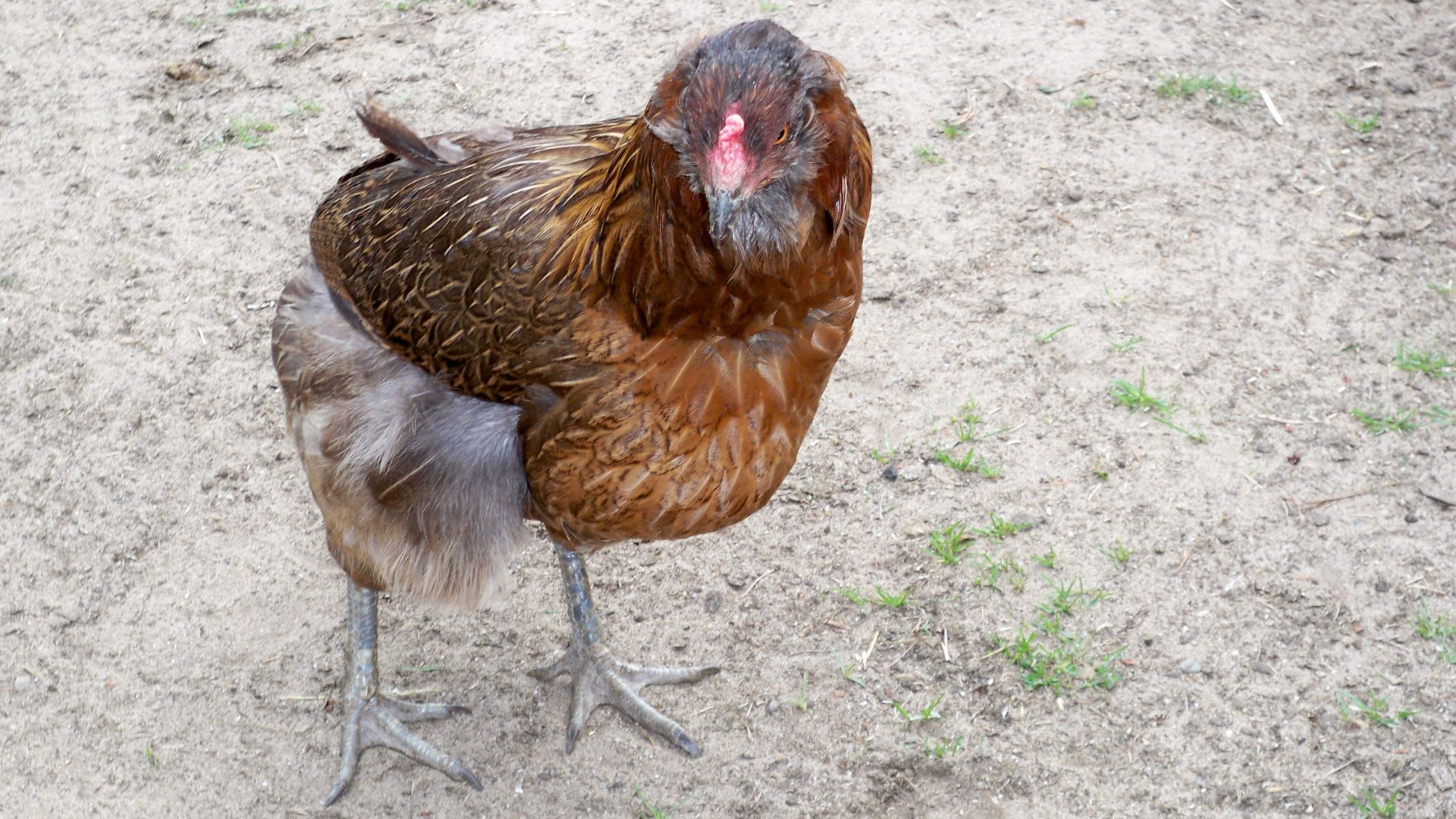 Ickemitder45, Wikimedia Commons
Ickemitder45, Wikimedia Commons
Water Seep Tunnels Supplied Coastal Settlements
After the coastal seeps were tested, it was found that brackish water filtered naturally through volcanic rock, becoming drinkable when collected in small pits. Some of these catchments even used stone lids. Tides subtly changed water quality, and old maps confirmed dozens of seep points supporting early shoreline communities.
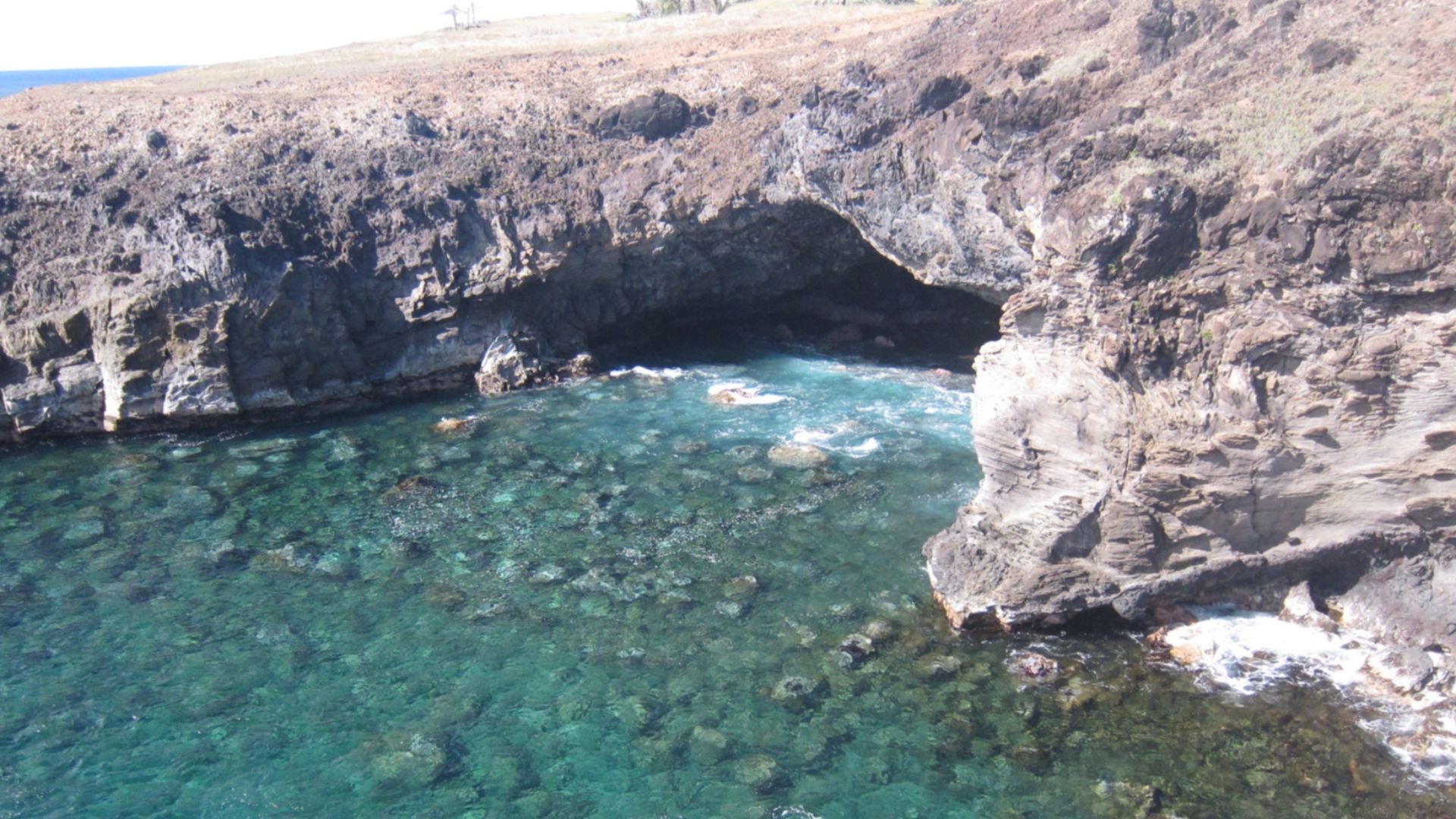 travelwayoflife, Wikimedia Commons
travelwayoflife, Wikimedia Commons
Stone Fishhooks
Bone and stone hooks were also uncovered in caves. Their curved shapes mirrored flying fish and other pelagic species. Residues on certain hooks pointed to shark hunting. These tools suggest a further capability, the ability to work in deep-sea areas that stretched far beyond the island’s narrow belt of coastal waters.
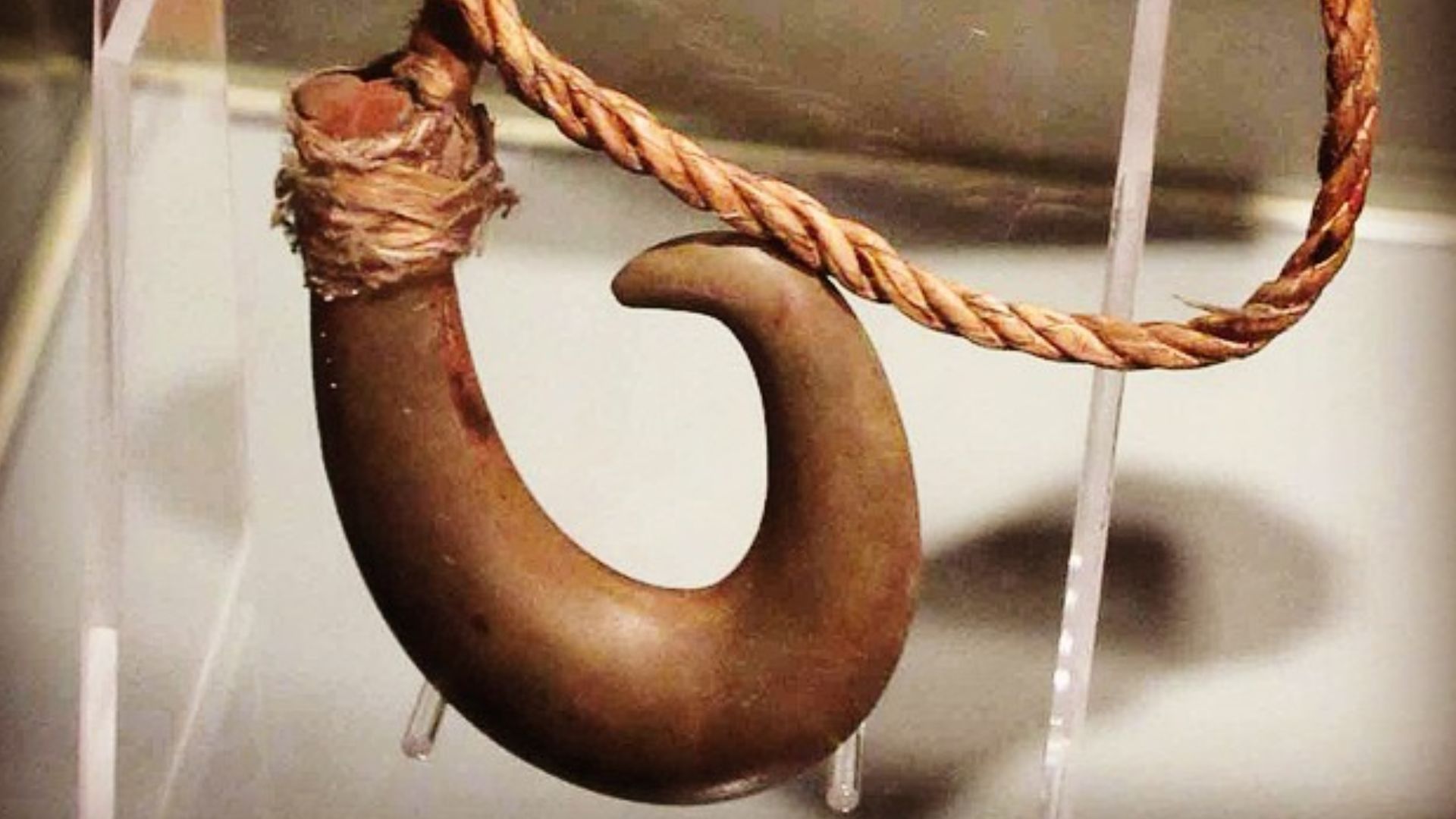 akhenatenator, Wikimedia Commons
akhenatenator, Wikimedia Commons
Ahu Construction Shows Shared Polynesian Engineering Roots
After comparing platforms on Easter Island with monumental designs in the Marquesas and Society Islands, researchers got a fuller picture of Polynesian monument engineering. Similar stone-fitting methods appeared everywhere: interlocking blocks, hidden chambers, and precise placements without mortar. These parallels confirmed that Rapa Nui builders worked within a broader Polynesian knowledge system.
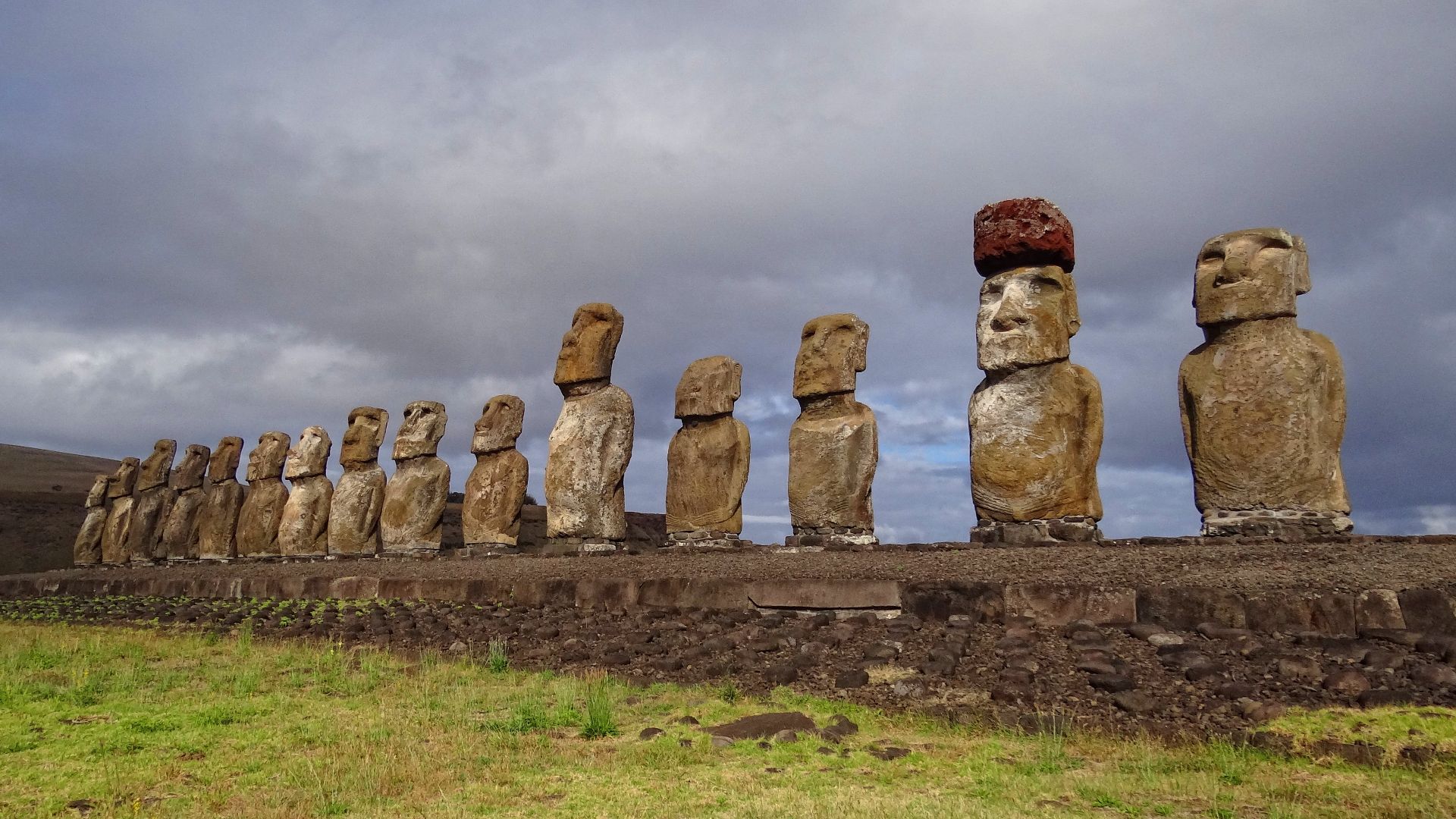 Bjorn Christian Torrissen, Wikimedia Commons
Bjorn Christian Torrissen, Wikimedia Commons
Cave Habitats Used For Shelter And Storage
Inside the island’s lava tubes, soot layers were stacked through the centuries. Some caves held carved sleeping platforms, while others stored food and tools. These underground spaces offered cooler temperatures and protection during droughts, becoming vital parts of everyday survival.

